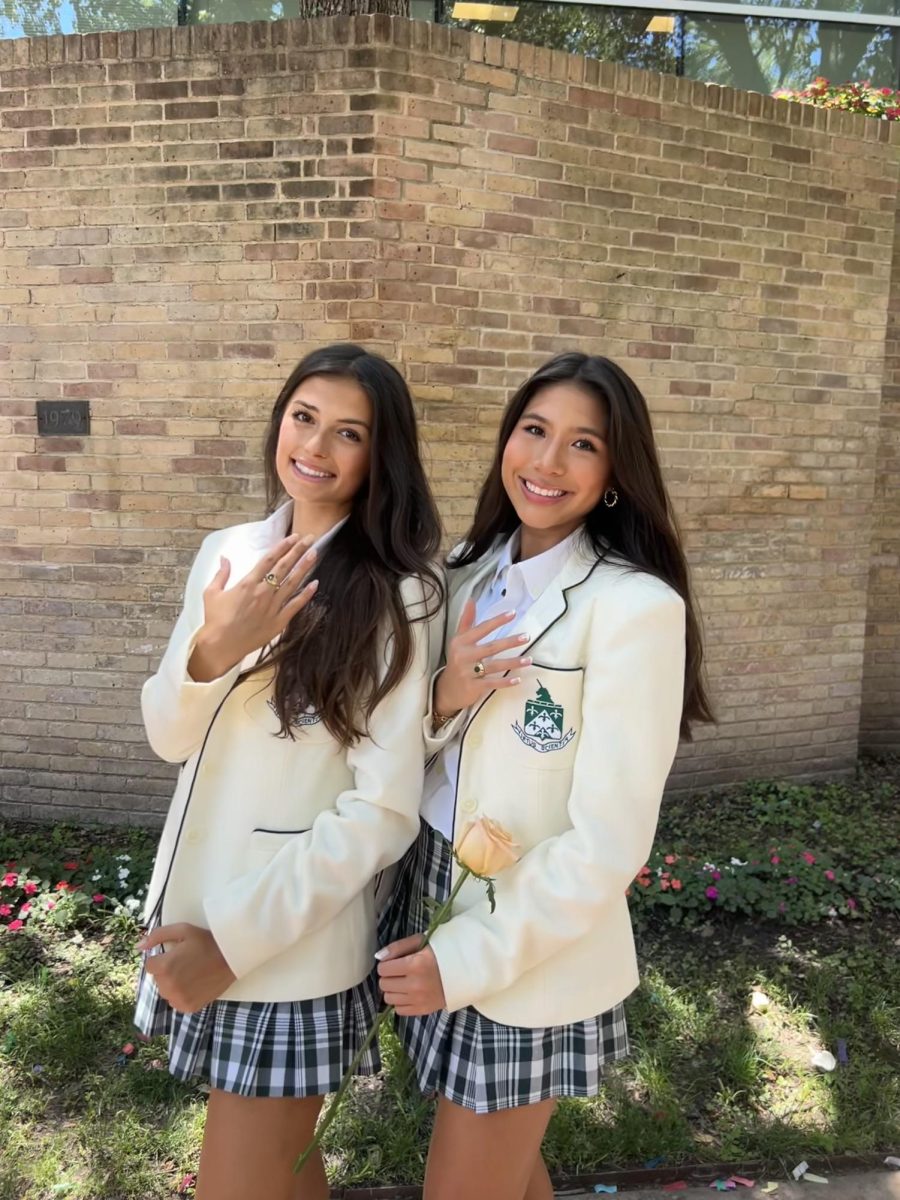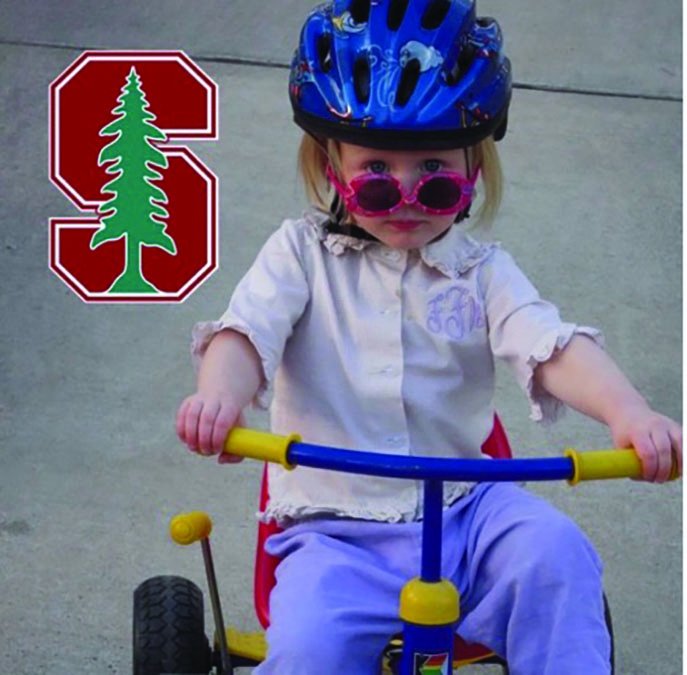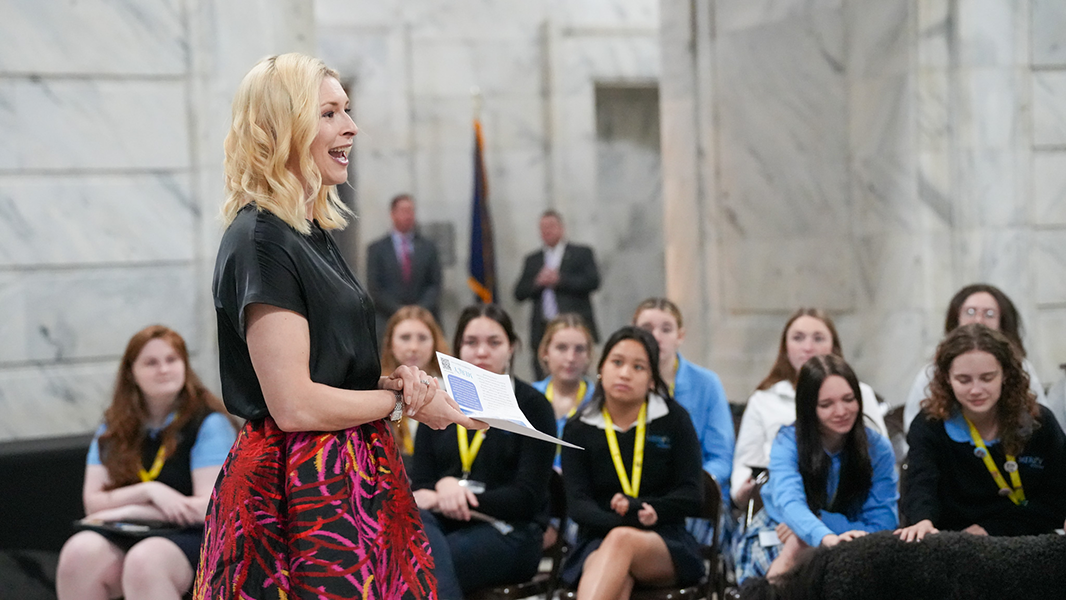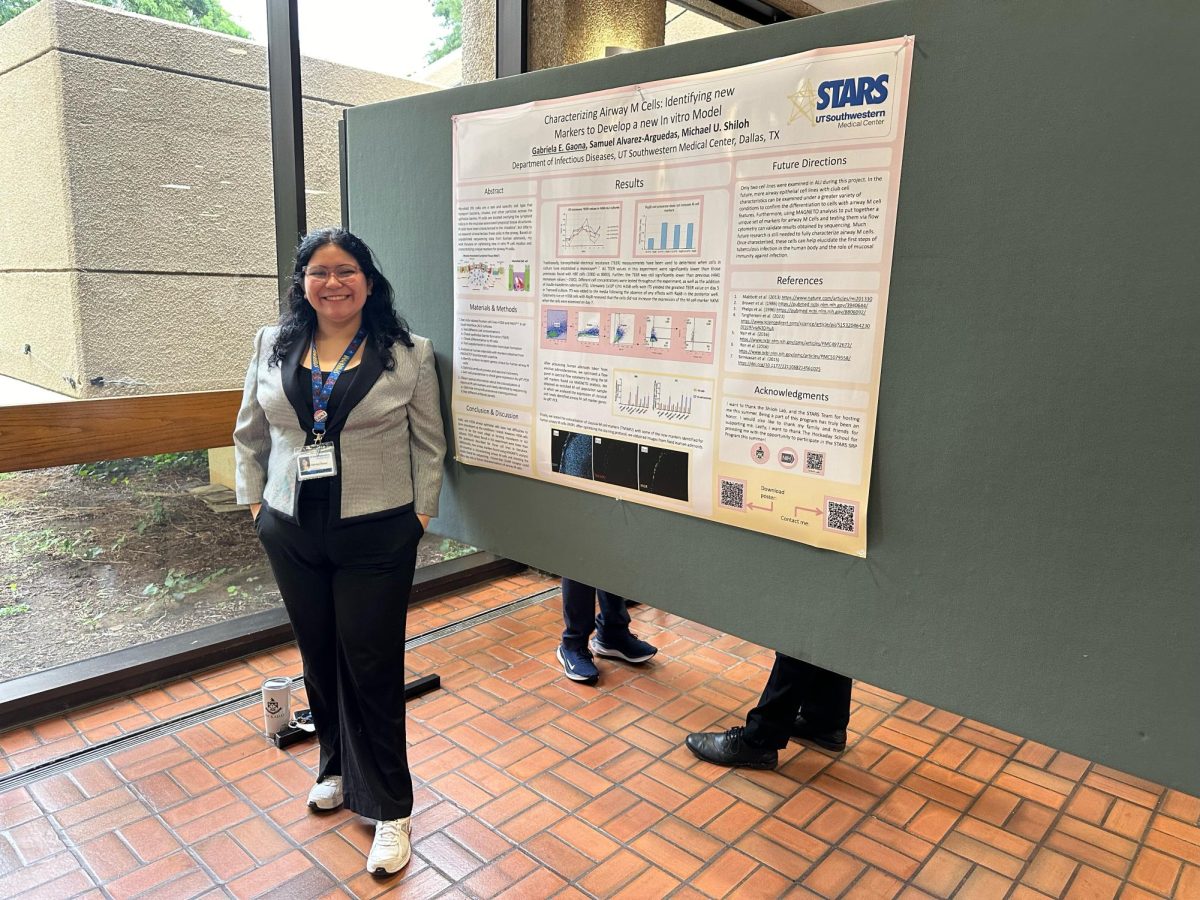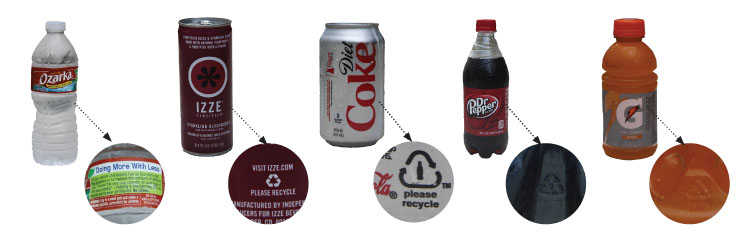
Despite good intentions, environmental-oriented marketing may have little impact at Hockaday
Thirty-six percent of Hockaday girls said that the eco-friendliness of products they buy does not matter when making purchasing decisions, according a recent Fourcast survey of 89 students. In contrast, the huge turnout and interest in Hockaday’s Keen on Green EnviroFair on April 2 make it seem the community is aware of its environmental impact inside and outside school.
The Environmental Awareness Club, which hosted the EviroFair, recognizes that the Hockaday community is not yet as involved in the environment as it could be.
“I don’t know that ‘eco-friendliness’ plays a huge part in girls’ spending decisions,” Environmental Awareness Club Secretary sophomore Kendall said. Her assumption is correct.
The Fourcast’s survey found that only three percent of girls wouldn’t buy a product if it wasn’t green. Sixty-one percent said they try to look for products that are green, while admitting that they would still buy a product if it wasn’t eco-friendly.
Using bottled water as an example, juniors in Corey Lott’s advisory agreed that if two water bottles were the same price, but one was more environmentally friendly, most girls would buy the environmentally friendly one. When prices are different, the decision is tougher for Hockadaisies.
“I think most girls would choose the cheaper one,” junior Hollis Tardy said. “Environmental friendliness doesn’t factor in that much,” she said, explaining that when an eco-friendly product is more expensive, girls tend not to choose it.
Eighty-four percent of girls had heard of Ozarka’s environmentally friendly Eco-Shape bottles. However, only 22 percent said that they bought these bottles more frequently because of their Eco-Shape. These bottles are more efficient because they contain 30 percent less plastic, according to Ozarka’s website.
For environmental enthusiasts like Kendall, these statistics show room for improvement. Kendall suggests that girls sometimes don’t choose the greenest products because they simply don’t know which ones to purchase.
“Hopefully the Environmental Awareness Club will be able to educate our classmates more about this in the future,” Kendall said.
Follow Your Conscience
But the club can also teach Hockadaisies to follow their conscience. Most girls know the importance of being environmentally friendly. However, they need to be encouraged to follow their gut feeling. Perhaps smart spending habits follow proper thinking habits.
“If consumers don’t choose environmentally friendly products,” junior Leia said, “it doesn’t really matter if the products are as eco-friendly as they claim they are.”
If a restaurant or a clothing store is environmentally friendly, that’s a plus for most girls, but they still ultimately purchase the food or clothes they want, environmental factors notwithstanding. Kirsten Lindsay-Hudak, who teaches AP Environmental Science and sponsors the Environmental Club, sees a bigger picture where following our innate sense of right vs. wrong will actually make a difference. After all, most people feel a little guilty when
“I think that if consumers would become more educated about which products are friendly, the consumers can have a lot of power.” Lindsay said. Demand dictates supply, so she proposes that if enough people purchased only from friendly companies, they can make a difference.
The Keen on Green Environmental Fair, which took place April 2 and was hosted by the Environmental Awareness Club, looked to develop our feelings for the environment
“I don’t necessarily go to environmentally friendly stores because they’re green, but when I go there, I feel like I’m doing a good thing,” sophomore Evie said. This feel-good effect shows that we recognize that eco-friendliness is right. And if nothing else, this is an important step to becoming an eco-friendly community.
– Emily


